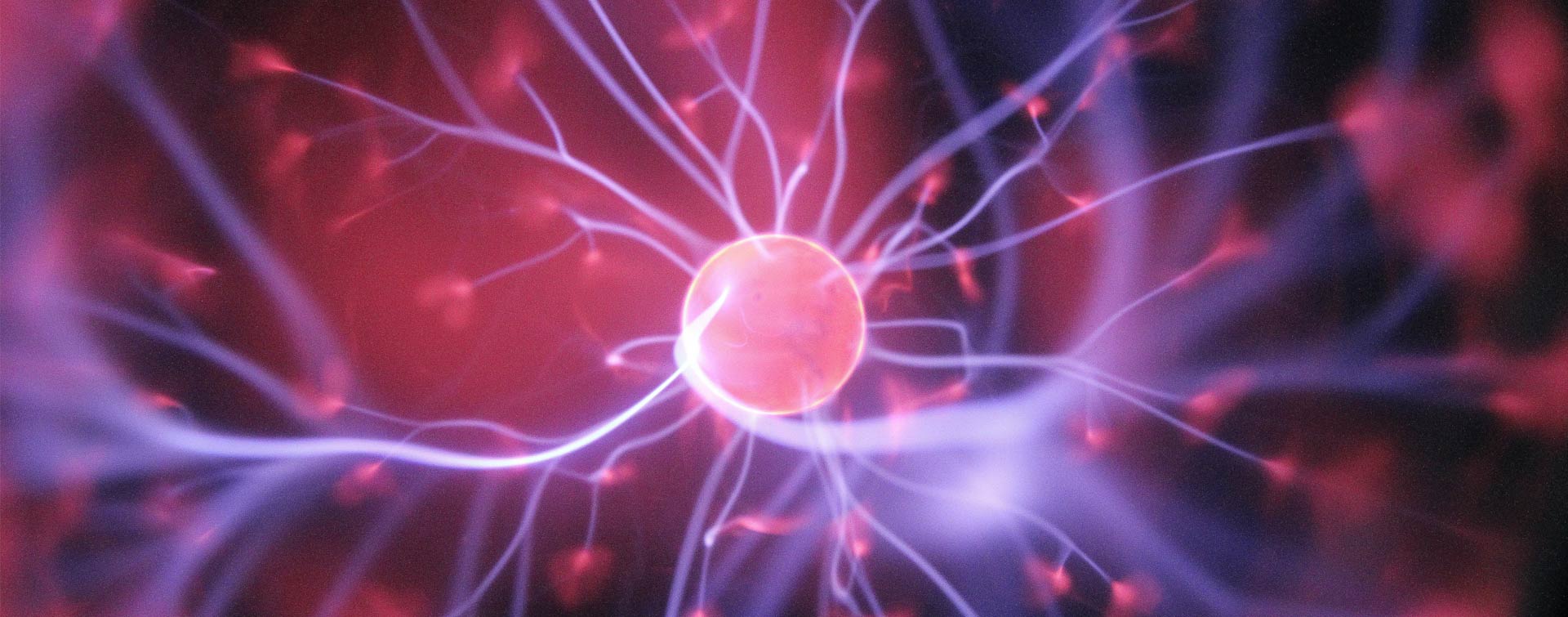Blog
TMS Mechanism and Process: Unlocking the Power of Magnetic Brain Stimulation
- October 25, 2023
-
NeuroMod Health

In the ever-evolving landscape of neuroscience and mental health treatments, Transcranial Magnetic Stimulation (TMS) has emerged as a promising therapy for various neuropsychiatric conditions. TMS is a non-invasive procedure that uses magnetic fields to stimulate specific areas of the brain. In this blog, we will delve into the mechanisms and processes that underlie TMS, including the crucial role played by the magnetic coil in enhancing brain activity. Additionally, we will outline the basic procedure of TMS treatment and its potential therapeutic applications.
Recent Posts

What Teens Can Expect During Their First TMS Session
Understanding the Basics of TMS
Transcranial Magnetic Stimulation is a relatively new therapeutic technique that offers an alternative to medication-based treatments or invasive procedures for conditions like depression, anxiety, and certain neurological disorders. It works by harnessing the power of electromagnetic induction, a phenomenon discovered by Michael Faraday in the 19th century.
- The Magnetic Coil: At the heart of the TMS procedure lies the magnetic coil, which is usually handheld and resembles a figure-eight or butterfly shape. This coil generates magnetic fields when electrical current passes through it.
- Electromagnetic Induction: When the coil is placed against the scalp, it generates rapidly changing magnetic fields that penetrate the skull and induce electrical currents in the underlying brain tissue. This is the key to how TMS works. These induced electrical currents stimulate neurons in specific brain regions, promoting increased activity.
- Targeted Stimulation: TMS allows for precise and localized stimulation. By positioning the coil over specific brain regions associated with a patient’s condition, clinicians can modulate neural activity in those areas.
The TMS Treatment Process
The TMS treatment process typically involves several sessions over several weeks. Here’s a breakdown of what a typical TMS session entails:
- Patient Preparation: The patient is comfortably seated in a chair, and the clinician identifies the target brain region based on the patient’s condition. The magnetic coil is then placed over this region.
- Stimulation: During the session, the clinician activates the magnetic coil, causing it to emit repetitive magnetic pulses. These pulses are painless and typically last for a few seconds each.
- Duration and Frequency: A standard TMS session lasts about 20-40 minutes, with patients receiving multiple pulses during that time. The number of sessions required varies depending on the condition being treated, but a typical treatment course involves daily sessions for several weeks.
- Side Effects: TMS is generally well-tolerated, with minimal side effects such as mild scalp discomfort or headache, which usually dissipate quickly. Unlike medications, TMS doesn’t carry the risk of systemic side effects.
- Progress Monitoring: Throughout the treatment course, the patient’s progress is closely monitored. Clinicians may adjust the coil placement or intensity of stimulation to optimize results.
Potential Therapeutic Applications
TMS has shown promise in treating a range of neuropsychiatric conditions, including:
- Depression: TMS is FDA-approved for treatment-resistant depression. By stimulating the prefrontal cortex, it can alleviate symptoms when other treatments have failed.
- Anxiety Disorders: TMS has been explored as a potential treatment for various anxiety disorders, such as generalized anxiety disorder and post-traumatic stress disorder (PTSD).
- Neurological Disorders: TMS research has also extended to conditions like Parkinson’s disease, epilepsy, and chronic pain management.
- Research and Future Prospects: TMS continues to be the focus of ongoing research, with scientists investigating its potential for conditions like schizophrenia, autism spectrum disorders, and addiction.
Transcranial Magnetic Stimulation is a revolutionary treatment option that taps into the power of magnetic fields to modulate brain activity. Through the precise placement of a magnetic coil and the generation of electromagnetic pulses, TMS offers hope to individuals struggling with a variety of neuropsychiatric conditions. As research continues to uncover its full potential, TMS may become an increasingly essential tool in the realm of mental health and neurological therapies, offering new horizons for those seeking effective, non-invasive treatments.


